India’s Beauty Boom Gets a Reality Check: July 29 Amendments Tighten Rules for D2C Brands
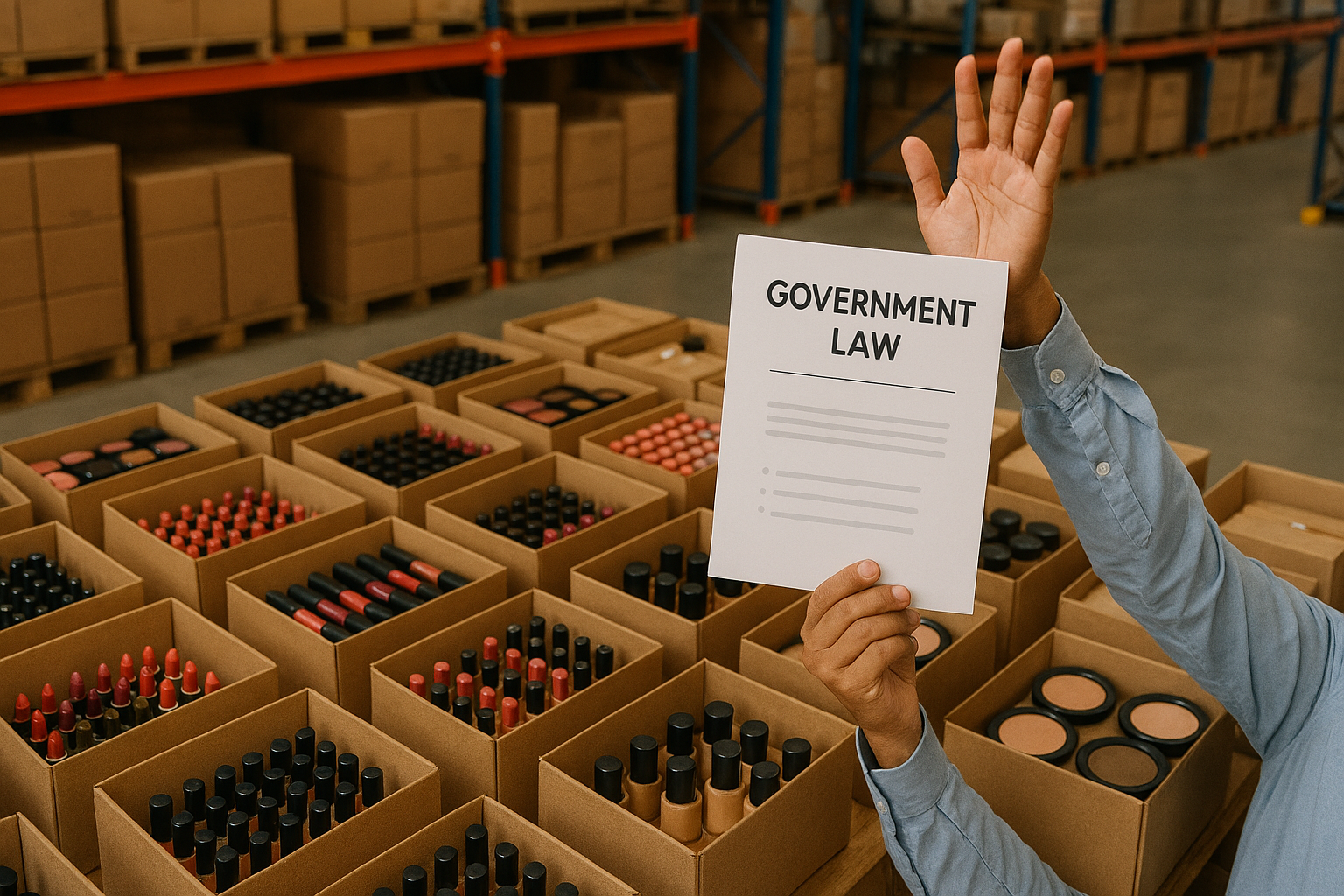
India’s direct-to-consumer (D2C) beauty and personal care market has exploded in recent years—fuelled by Instagram storefronts, Shopify launches, and a wave of indie brands promising clean, conscious formulations. But behind the glossy packaging, regulators have been watching closely. On July 29, 2025, the Ministry of Health and Family Welfare , Government of India, rolled out the Cosmetics (Amendment) Rules, 2025, signalling a new era of accountability, transparency, and traceability for the industry.
The Indian cosmetics market—valued at ₹48,000 crore—is teeming with over 22,000 new personal care brands launched post-pandemic. Many operate with low entry barriers, rely on third-party contract manufacturers, and face minimal oversight. A single search for “sunscreen” on Amazon yields 30,000+ results, underscoring the sheer volume of products flooding the market.
But with growth came risk. A March 2025 Not of Standard Quality (NSQ) Alert from the Central Drugs Standard Control Organisation (CDSCO) revealed alarming lapses:
– Excessive mercury in lipsticks and creams
– Microbial contamination in multiple products
– Pathogens found in items from well-known brands
This prompted the government to act—tightening rules not just for legacy players, but especially for D2C upstarts.
What’s Changing?
The July 29 amendments don’t overhaul the 2020 framework—they sharpen it. Here’s what’s new:
- Labeling Clarity
– “Use before” now means the first day of the mentioned month.
– “Expiry date” means the last day of that month.
This eliminates ambiguity and aligns with global standards for shelf-life communication.
- Batch Traceability
– Brands must maintain batch-wise records of raw materials and finished goods for three years or six months beyond expiry, whichever is longer.
– Records can be digital or physical.
– Soap manufacturers get a procedural exemption, subject to approval.
- Licensing Language
– “Controlling Officer” is now “Controlling Authority” across rules—reinforcing that decisions rest with institutions, not individuals.
What It Means for D2C Founders
For indie formulators and digital-first beauty brands, this is a wake-up call. The era of self-regulation is ending. Compliance is no longer optional—it’s a brand differentiator.
Expect:
– Stricter audits for third-party labs and manufacturers
– Greater scrutiny of ingredient sourcing and documentation
– Public accountability—including possible “naming and shaming” for non-compliance (Not of Standard Quality-NSQ)
The Bigger Picture
India’s move mirrors global trends. As consumers demand ingredient transparency, clean beauty, and ethical sourcing, regulators are stepping in to ensure claims match reality. The July 29 amendments are part of a broader shift—from procedural box-ticking to systemic accountability.
Subscribe to our free newsletter to read the latest news and articles before they are published.


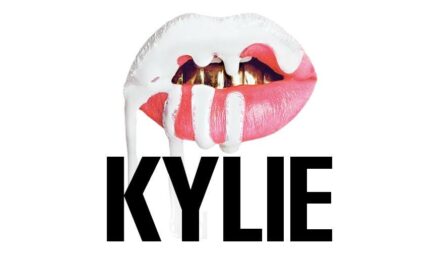




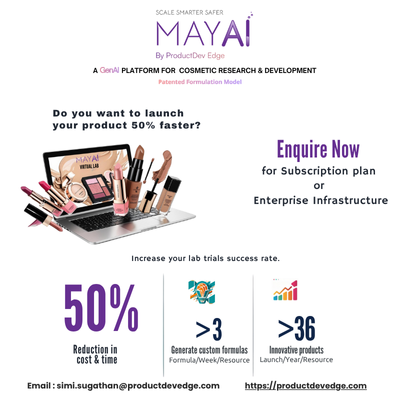

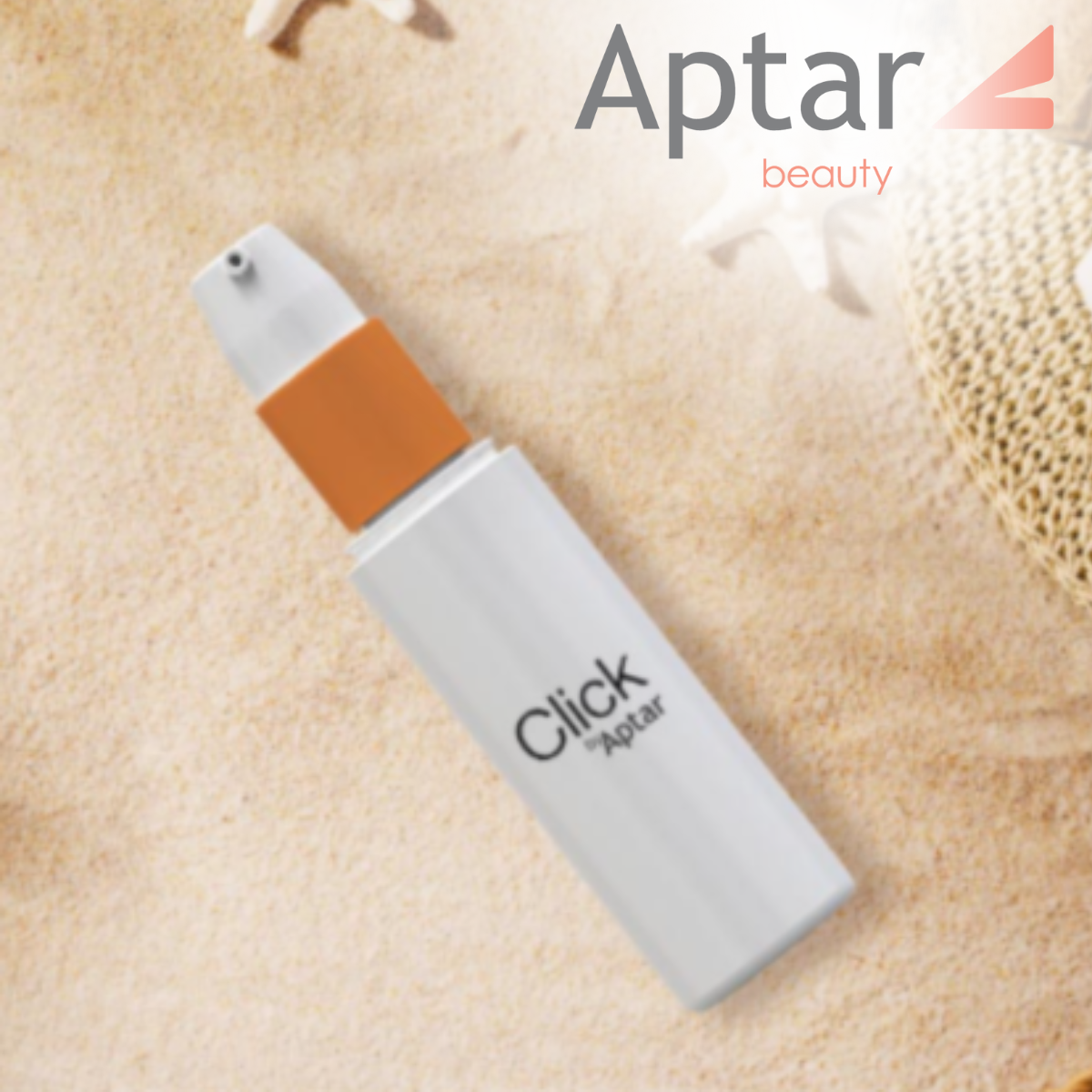
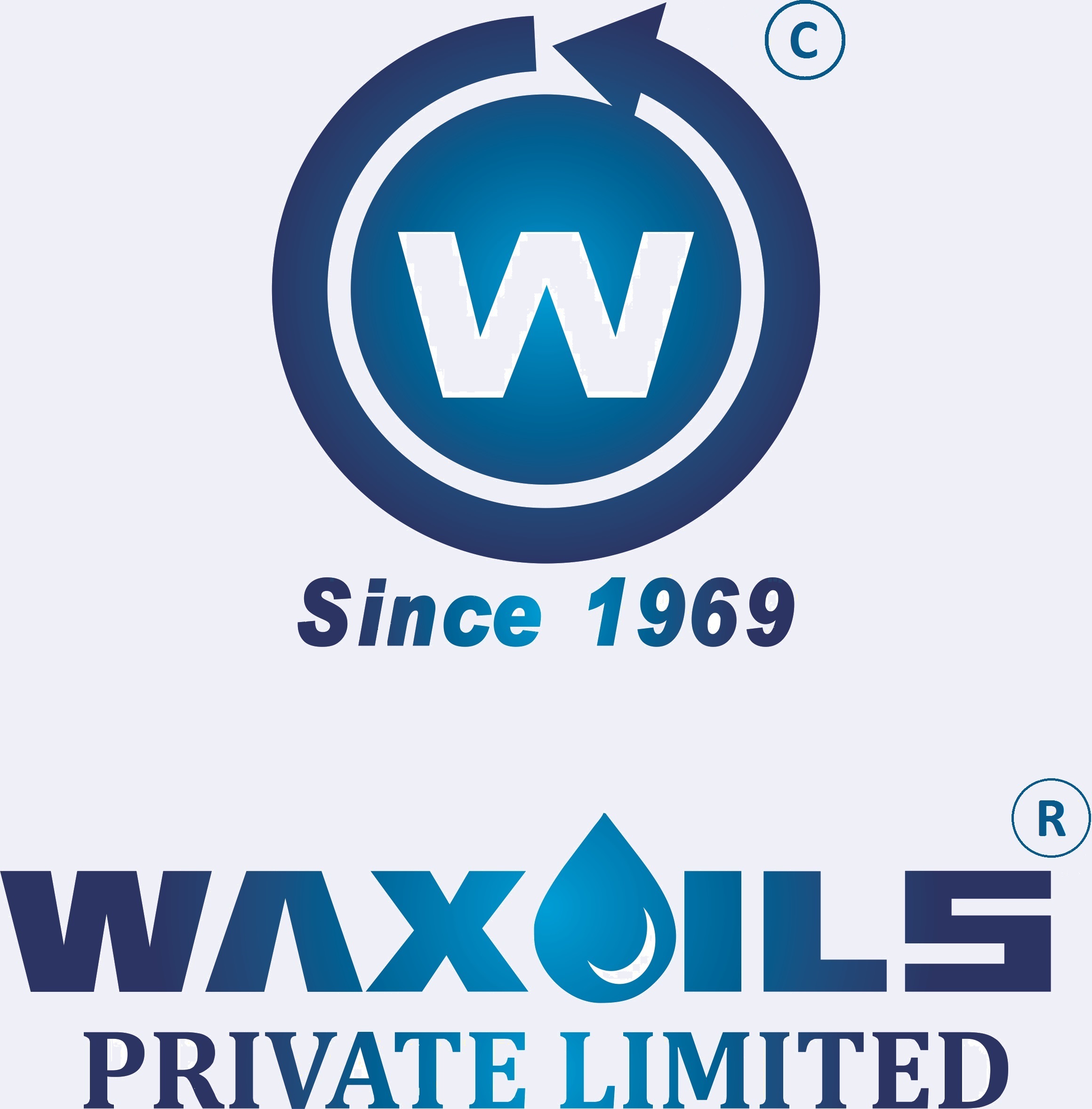
Subscribe To Our Newsletter
Join our mailing list to receive the latest news and updates from The Cosmetics industry
You have Successfully Subscribed!